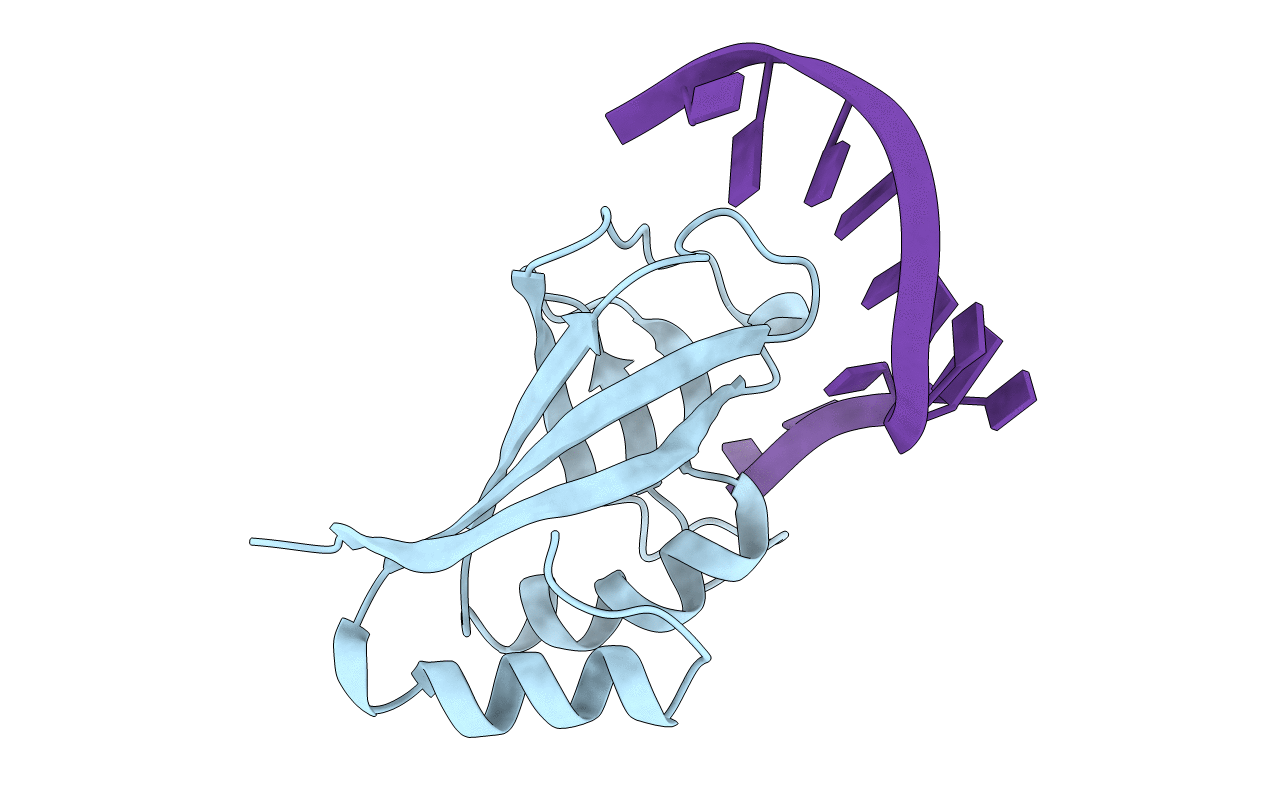
Deposition Date
2019-06-28
Release Date
2020-06-10
Last Version Date
2023-11-22
Entry Detail
PDB ID:
6KCS
Keywords:
Title:
Crystal structure of HIRAN domain of HLTF in complex with duplex DNA
Biological Source:
Source Organism:
Homo sapiens (Taxon ID: 9606)
synthetic construct (Taxon ID: 32630)
synthetic construct (Taxon ID: 32630)
Host Organism:
Method Details:
Experimental Method:
Resolution:
2.10 Å
R-Value Free:
0.26
R-Value Work:
0.22
R-Value Observed:
0.23
Space Group:
P 31 2 1


